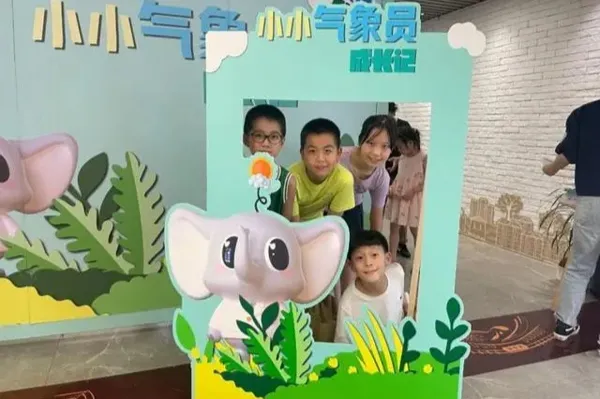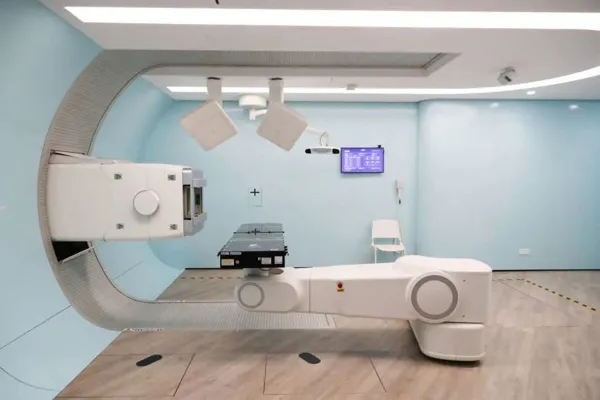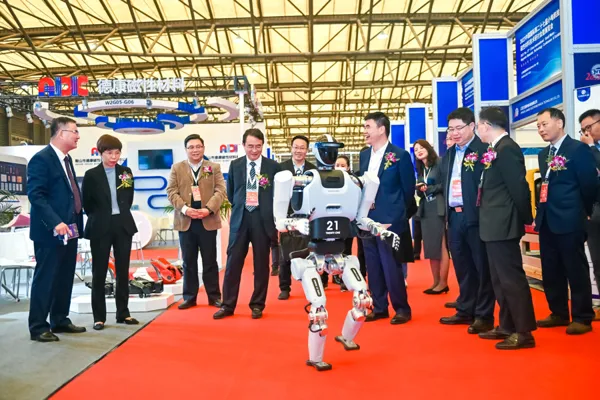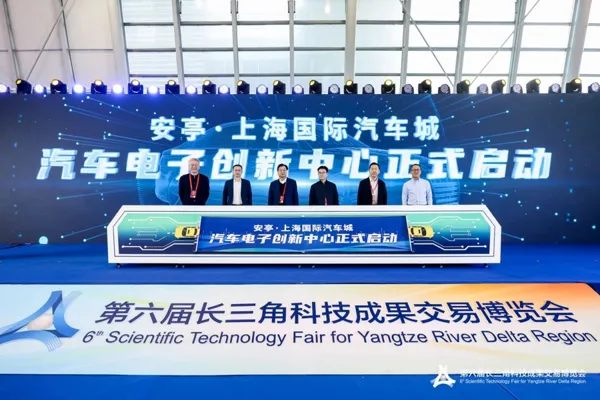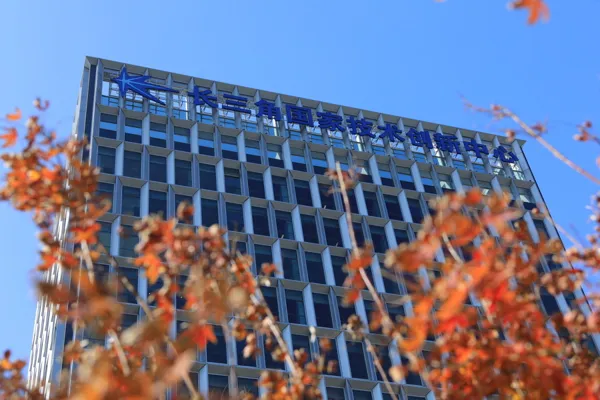To develop the "meteorological commodity economy" in the next three years, the Shanghai Meteorological Bureau's science popularization project reached a deal
Recently, the "Little Meteorologist's Growth Story" science popularization activity service project listed on the Shanghai Technology Exchange reached a deal. The Social Organization Service Center of Meilong Town, Minhang District purchased the service for 60,000 yuan, aiming to enhance the soft power construction of community science popularization and serve Young people in the area have also made meteorological science popularization a brand activity of the service center. Up to now, the Shanghai Meteorological Bureau has listed 7 projects on the Shanghai Technology Exchange to promote meteorological products to enter the market and better benefit people's livelihood and society.
Feng Lei, director of the Shanghai Meteorological Bureau, introduced that meteorological technology is generally divided into three categories. The first category is observation technology, such as radar and various remote sensing, space-based, and ground-based observation technologies; the second category is forecast technology, which has been used for hundreds of years. The continuous improvement of the accuracy of weather forecasts in recent years is inseparable from the development of science and technology and mathematics; the third category is service technology. Meteorology has intersection with agriculture, transportation, construction, finance and other industries, so it is a "meteorological" fusion technology. Technical cooperation with different industries is required.
"Meteorological services must be integrated with technological innovation to fully meet the needs of various meteorological services." Feng Lei said that currently, the Shanghai Meteorological Bureau is cooperating with scientific research institutions to develop and use artificial intelligence to improve forecast accuracy. "We hope that through the excellent performance and accuracy of AI, we can provide more accurate and practical weather forecast information for production and life, and provide strong digital support for various industries such as agriculture, forestry, animal husbandry, fishery, aviation and navigation."
While conducting scientific research, the Shanghai Meteorological Bureau is also actively engaged in science popularization work. The "Little Meteorologist's Growth Story" that was recently concluded is a science popularization activity service project developed by a team led by Chao Weiyi, director of the Publicity Science Popularization and Education Center Office of the Shanghai Meteorological Bureau. This science popularization project integrates a set of portable and immersive meteorological science popularization activities. Participating teenagers and children can check in through the "Little Observer", "Little Forecaster", "Little Broadcaster", "Little Meteorological Player" and other links by collecting stamps. , experience the journey of growth as a "little weatherman". The project also introduces the cartoon IP image of the Shanghai Meteorological Museum’s “The True Image of Meteorology” to make meteorological science popularization more interesting and enable children to learn meteorological knowledge more intuitively.
The Shanghai Meteorological Museum is located in Xujiahui and is an internet celebrity science check-in point. Feng Lei introduced that the century-old building of the Shanghai Meteorological Museum is the source of modern meteorology in China. Since 1872, weather records here have been uninterrupted. From every note, drawing, book and instrument in the collection, we can see the continuous iteration and innovation of meteorological technology. This museum has high science popularization value, allowing the audience to not only understand the knowledge and culture of meteorology, but also to feel how generations of meteorologists adhere to the cause of "dialogue with the sky".
"Our project was sold on the Shanghai Technology Exchange through market-oriented operations and has produced certain economic benefits, which reflects the market's demand for meteorological science popularization." Chao Wei'er said, "Meteorological science popularization has shifted from being mainly public welfare to the market. The new model of scientific transactions provides new ideas for the marketization of more science popularization results.”
The Shanghai Meteorological Bureau and the Shanghai Technology Exchange signed a strategic cooperation agreement.
In August this year, the Shanghai Meteorological Bureau and the Shanghai Technology Exchange signed a strategic cooperation agreement. The two parties will link up multi-dimensional meteorological science and technology innovation element resources to jointly create a meteorological technology commodity trading board, and start from the packaging and trading of existing meteorological results, using Shanghai technology The qualifications and functions of the exchange's national technology market platform will build the special board into a "specialty store" for national meteorological scientific and technological achievements.
Both parties will aim to realize the "Three-Year Plan for Meteorological Trading" and develop the meteorological commodity economy in stages: establish a meteorological commodity trading board before the end of 2023, clarify the work path, establish an operating mechanism, and start meteorological commodity trading; normalize it in 2024 On the basis of operations, a physical innovation center will be established to expand the scope of operations; a meteorological economic ecosystem will be initially established in 2025 to show China's status as a major meteorological country to the world.
“In the next step, Shanghai Technology Exchange will focus on promoting meteorological commodity trading, continuously deepen cooperation with the Shanghai Meteorological Bureau, and jointly promote the transformation of scientific and technological achievements in the field of meteorology around the innovation chain and service industry chain. , to better develop the meteorological commodity economy," said Yan Mingfeng, President of Shanghai Technology Exchange.
